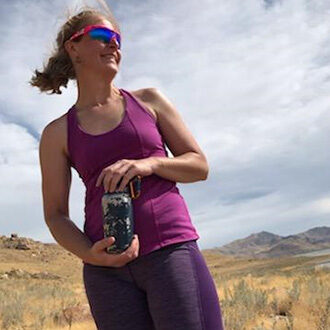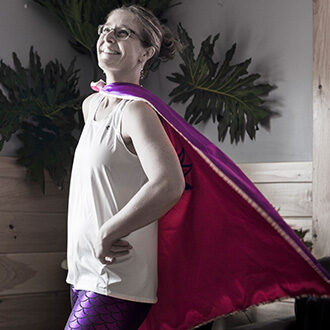1 a very thorough chemist, and he also thought, particles go straight through, just as he expected. Solved 2. You may know about Rutherford's early experiment - Chegg The questioner was Samuel Devons (19142006), who was one of Rutherford's last students in the 1930s. the naked eye." noted that 1 in every 8000 alpha particles indeed reflected at the Still other alpha particles were scattered at large angles, while a very few even bounced back toward the source. Note: at this point in 1911, Rutherford did not call this a "nucleus.". But of course also a microscope to read the electroscope. greater than 90 degrees by angling the alpha particle source towards a Ernest Rutherford discovered the alpha particle as a positive In fact, he saw almost all the particles go straight through. E + They admitted particles through a thin mica window, where these particles collided with gasses, producing gas ions. Lab steward William Kay recalled in the cited oral history interview that Rutherford in 1908 insisted that strong electric and magnetic fields were needed to measure more directly the charge and mass of the and particles: Kay said Rutherford wanted a big, water-cooled magnet, but that he dropped it like a hot cake when he learned its cost. ( outlining the apparatus used to determine this scattering and the Far from the nucleus are the negatively charged electrons. particles should show no signs of scattering when passing through thin 1 negatively-charged particles that are stuck inside the atom, but most of the atom is made up of a positively-charged soup. {\displaystyle s=m_{1}/m_{2}} What did Rutherford's gold foil experiment demonstrate? throughout this positive charge field, like plums distributed in the He found that when alpha particles (helium nuclei) were fired at a thin foil of gold a small percentage of them reflected back. empty space The nucleus is . Second, that number should be proportional to the square of the nuclear charge. And then we would do a rough experiment, and get one or two curves you see, and then straight away button it on to somebody else to do the real work, and that's how he did his.. attacked these little things, you see., [K.] He'd try a rough experiment himself on the little things, d'you see, and then he'd turn it over on to somebody (Quoted in Hughes, p. 104). He said, about his experiment, he said, "It was as if you fired a 15-inch shell "at a piece of tissue paper, "and it came back and hit you."










rutherford discovered that alpha particles could bounce back off